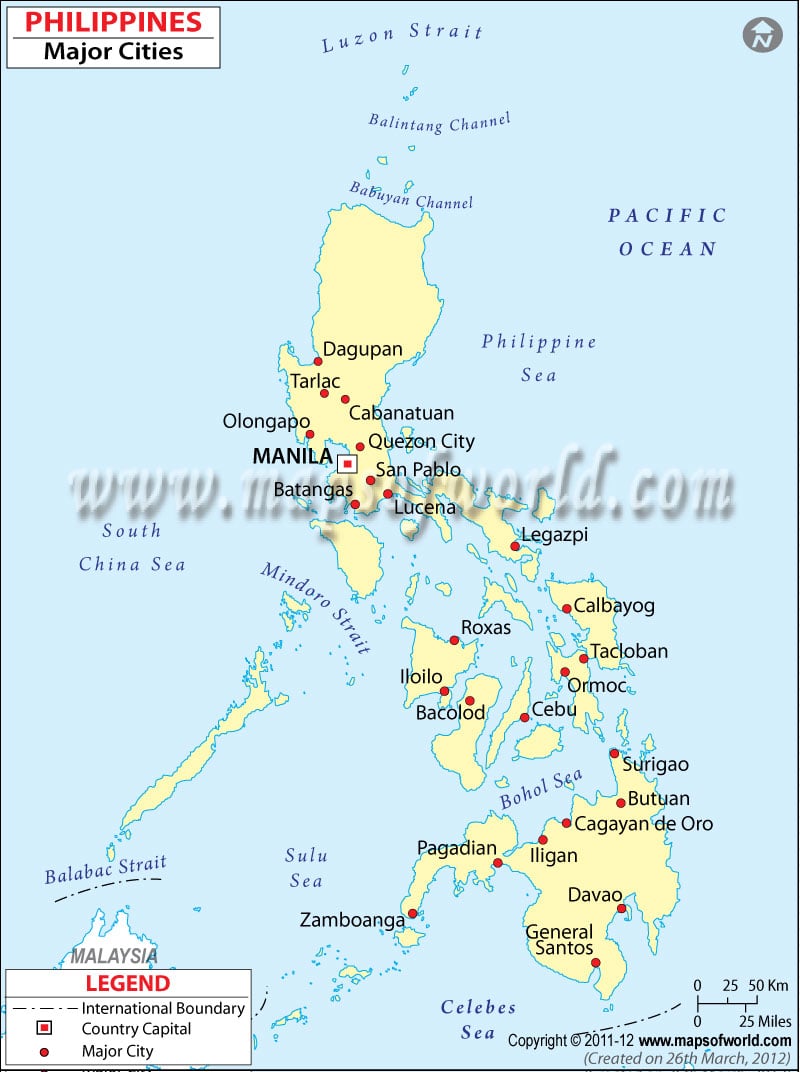When Does Philippines Celebrate Independence Day?

The Republic of the Philippines celebrates its Independence Day on June 12. This day commemorates the freedom of Philippines from Spanish rule on June 12, 1898. It is referred to as “Araw ng Kasarinlán” or Day of Freedom in the Filipino language.
The culture and history of Philippines is strongly influenced by the colonial era. “Colonialism created the Philippines, shaped its political culture and continues to influence its mindset. The 333 years under Spain and nearly five decades under the USA decisively molded the nation,” wrote journalist Alan Robles.
Beginning of Colonial Era
The first European presence in the archipelago was marked by the arrival of Portuguese explorer, Ferdinand Magellan, in March 1521. Next came Spanish explorer Miguel López de Legazpi, who founded the Spanish settlement of Cebu in the year 1565. As Spanish authority spread through the land, the city of Manila was won over in the year 1571. This was the start of a long period of Spanish colonization and assimilation. The influx of Europeans also brought the spread of Christianity in the Philippines. The Spanish administration of Philippines lasted about three centuries and it was finally in the 19th-century that the Filipino nationalists raised a demand for independence.
Locals Plan Revolt against Spanish Authority
In 1892, Manila became the headquarters of the secret Filipino revolutionists led by Emilio Aguinaldo. Aguinaldo and fellow revolutionaries had planned large scale revolts against Spanish authority. They also enjoyed popular support from the locals. When these plans were uncovered, Spain relentlessly persecuted them, forcing them to take refuge in the hilly areas to the south of the Filipino capital. The brave revolutionaries also negotiated with the Spanish crown and accepted exile from their homeland, while Spain instituted many reforms in the Philippines.
Spanish-American War and Defeat of Spanish Empire
Independence still remained a dream out of reach for the Filipinos. This was the time when the Cuban War of Independence gained momentum and the US lent Cuba its support. This precipitated the Spanish–American War of 1898. The war was fought between April and August and ended in a resounding defeat for the Spanish empire. The defeat resulted in the Treaty of Paris (1898) in which Spain ceded its control over Guam, the Philippine archipelago, and Puerto Rico. In turn, US paid Spain a compensation worth USD 20 million.
Aguinaldo Announces Philippines Independence
The Spanish-American War had deeply impacted the Philippines. This war between the two western powers was fought on Asian soil as well, and the Philippine islands became an important theater of war. Aguinaldo managed to negotiate a return with the American forces and took the opportunity to liberate Filipino cities from Spanish authority. It was right in the midst of the Spanish American War that Aguinaldo declared Philippines independent on June 12. He went on to also establish a provincial government.
Struggle against American Forces
Despite the valiant attempts by the revolutionaries, the Spanish surrendered Manila to the Americans, negotiating to keep the Filipino revolutionaries stranded outside. By August, when the Philippines was handed to the US, it became clear that independence was not yet at hand. Once again, Aguinaldo assumed leadership and convened a revolutionary assembly. The assembly drafted a democratic constitution, established a Filipino government with Aguinaldo as its head (January 1899). Now began the Philippine Insurrection, and the clashes between the Filipino revolutionaries and the American forces became increasingly frequent. The US Congress authorized the deployment of thousands of troops in the islands and the war dragged on.
In 1901, Aguinaldo and some of the revolutionaries were captured in a surprise attack by the US General Fredrick Funston and other officers. Aguinaldo was forced to take an oath of allegiance to the US but other revolutionaries carried on scattered resistance. The next year a civil government established by the US took over the administration of the islands.
Wait for Independence
It would be 33 more years until the establishment of the Commonwealth of the Philippines with the assent of the US. It would take over another decade for the US to grant full independence to the Philippines (July 4, 1946).
The Republic of Philippines still chooses to honor Aguinaldo and the revolutionaries who fought for the freedom of their people and celebrates June 12 as its Independence Day.
Related Links:


